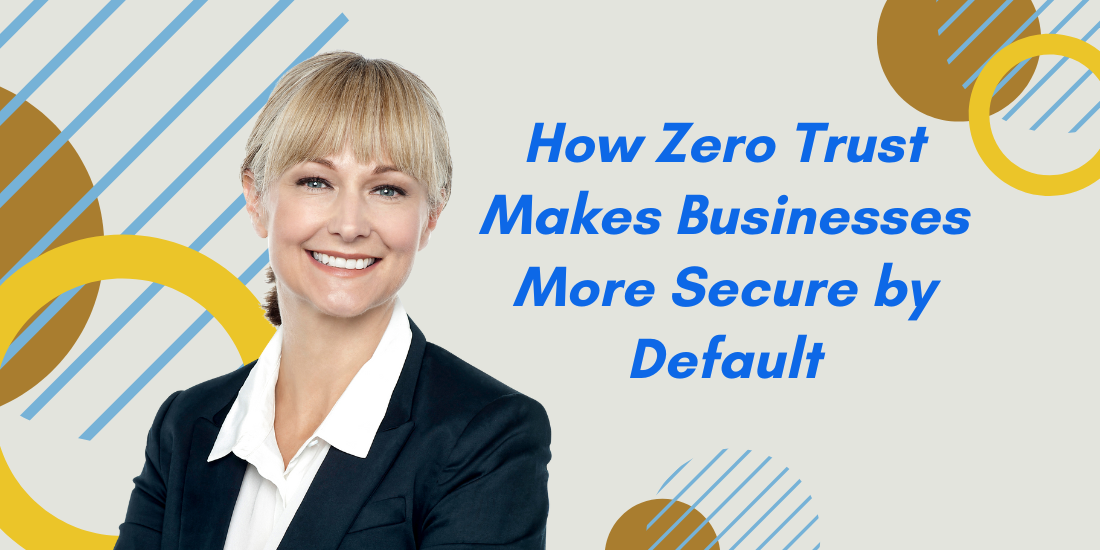With all the breaches, hacks, and ransomware attacks making headlines lately, it’s pretty clear that companies are struggling to keep their data secure and their customers’ information private. Recent findings have demonstrated that even the biggest companies in the world cannot prevent these attacks from happening to them.
This can be not very encouraging, especially if you work in information security. But all hope is not lost! Changing how we think about security and adopting a zero-trust philosophy can make our businesses more secure by default than ever before—no matter how big or small they are!
Table of Contents
Why Data Loss Prevention (DLP) Fails
Like firewalls, anti-virus software, and perimeter security controls, DLP is an essential piece of any IT security strategy. But just like these technologies, DLP isn’t a silver bullet that eliminates security risks. When implemented in isolation or as a single layer in a defense-in-depth approach, DLP can become an easy target for hackers and data thieves experienced at getting around it. To truly make your business more secure by default, you need to consider multiple layers of defense.
Risk Control in 3 Easy Steps
What are risk controls? They are defensive actions designed to prevent any potential threats or vulnerabilities from materializing into an actual problem. For example, a safety officer beyond a structure illustrates hazard control, and a vital one at that. He not only stands as an outward deterrent against potential troublemakers but also helps monitor and reduce risks internally.
ZERO TRUST
The Security Model that Works! You’ve probably heard that putting all your trust in Zero Trust is good. The problem with trusting anyone, though, is that you never know when they might let you down. But what if we were to tell you there’s a way to keep everyone honest without trusting them? What if you could create a zero-trust environment that makes it impossible for any data loss or security breach?
Identity Access Management (IAM)
Identity Access Management is a security practice that enables access to resources based on identity, not location or device. It might mean that people can access your services and data from any device, but you know exactly who is accessing it. IAM has been around for some time now, but adoption has been slow due to a lack of awareness and poor user experience. The good news is that many organizations are beginning to adopt IAM practices into their enterprise strategy as they realize that Zero Trust makes business secure by default.
Threat and Vulnerability Management (TVM)
Every business – no matter how small – is at risk of being attacked. But even with proactive security measures, being hacked is a reality for most enterprises. The only way to truly minimize risk and secure your organization from an attack is to treat every employee as a threat and every device as a vulnerability until proven otherwise. Zero trust makes businesses more secure by default. (Emphasis ours.)
Incident Response and Reporting (IRR)
While zero-trust security is a reality today, it’s not enough to use technologies that isolate and protect data from unauthorized users. You must also build IRR policies to report and investigate any potential incidents, ensuring your business can respond quickly when breaches occur. A zero trust strategy works best when paired with a centralized reporting framework like Splunk; IRR technology can help you collect and analyze incident data for faster identification of threats, faster resolution processes and reduced risks for your business.
Zero Trust Architecture Diagrams
The diagram below provides a high-level overview of how Zero Trust Architecture works. It’s based on concepts first introduced in Security in Computing: Building Systems Resilient to Attack (2003) and Risk Management Guide for Information Technology Systems (2005).
Conclusion
We live in a world where technology permeates every aspect of our lives. As we’ve moved away from physical, tangible, and digital security, we’ve left ourselves vulnerable to stolen identities, breaches of sensitive data, attacks on our infrastructure, and more. Implementing zero trust security principles will ensure that even if one area of your business has a vulnerability, there will be multiple layers of protection between any threat actor and your company’s most valuable assets.


